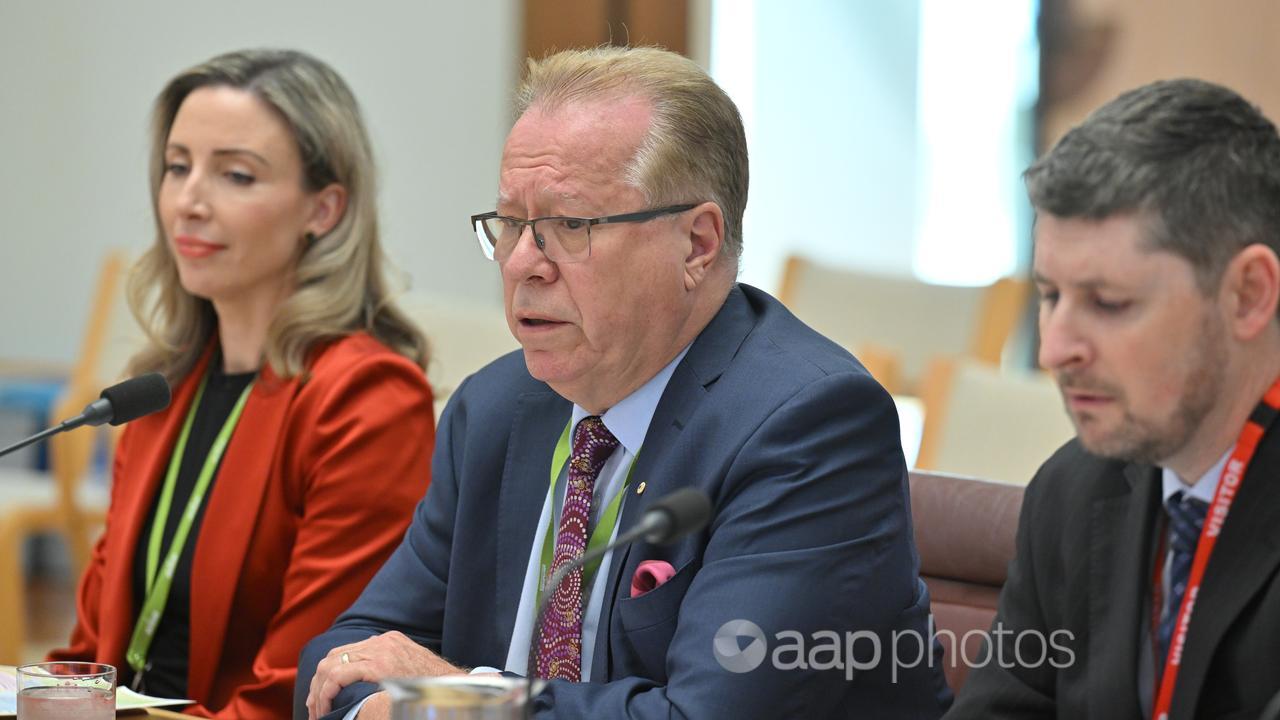Older Australians will continue to languish on waiting lists to access aged care despite federal government reforms to the sector, an industry watchdog says.
As a federal parliamentary committee looks into the government’s multibillion-dollar package, Aged Care Inspector-General Ian Yates says there are still concerns with the overhaul.
Under the reforms, a $4.3 billion program called the Support at Home scheme would allow the government to cover clinical care costs to allow for people to live independently in their homes for longer, before going into an aged-care facility.
It’s estimated 1.4 million Australians will benefit from the changes expected to come into effect from July next year, after the government struck a deal with the coalition on the changes.

Mr Yates told the committee he was supportive of the reform, but it fell short of some of the calls put forward at the 2018-2021 aged care royal commission.
“The bill and the government’s announcements of Support at Home do go a very substantial way toward a better system, but it will still leave people on waiting lists,” he told the committee inquiry into the program on Thursday.
“We have some questions and uncertainty about the degree to which it enables individuals to exercise (the rights of older Australians) and the clarity of the process.”
People will still have to make means-tested contributions for help as part of everyday living or support around the house as part of the Support at Home scheme.
A lifetime contribution cap will also be raised under the changes to $130,000 for non-clinical costs.

Mr Yates said despite the changes, some of the architecture surrounding how the aged-care system operates would remain in place.
“Currently, the aged care system is rationed,” he said.
“The royal commission recognised that a ration system will continue to result in people not receiving the care they need in a timely way, or sometimes not at all.
“The bill continues a ration system.”
The parliamentary hearing is being held as new federal government data shows only 40 per cent of aged-care providers met mandatory targets for total minutes of care for residents, and for care given by registered nurses, in the three months to the end of June.
Some 23 per cent of for-profit providers met both targets, compared with 44 per cent of not-for-profits.
On average, the sector as a whole exceeded targets for total care minutes delivered to residents per day at almost 208 minutes, compared with the target for the quarter of nearly 205 minutes.

COTA Australia, an advocacy group for older people, says the figures are alarming and wants more to be done to ensure aged residents receive support.
Chief executive Patricia Sparrow said facilities had an urgent responsibility to improve standards.
“The fact that too many older people are still not getting the mandated minutes of care is a real concern,” she said.
“Australians have a right to expect that if they or a loved one goes into aged care they’ll be given the attention and quality care they need to deserve.
“Basic direct care isn’t a ‘nice to have’, it’s crucial and the absolute minimum we should expect for older Australians in care.”
Targets for the sector for the number of mandatory care minutes and time with a registered nurse were a key recommendation from the royal commission.
Increased target times came into effect from October, which will require providers to boost the care-minute average to 215 minutes per resident per day, including 44 minutes of care by a registered nurse.



















